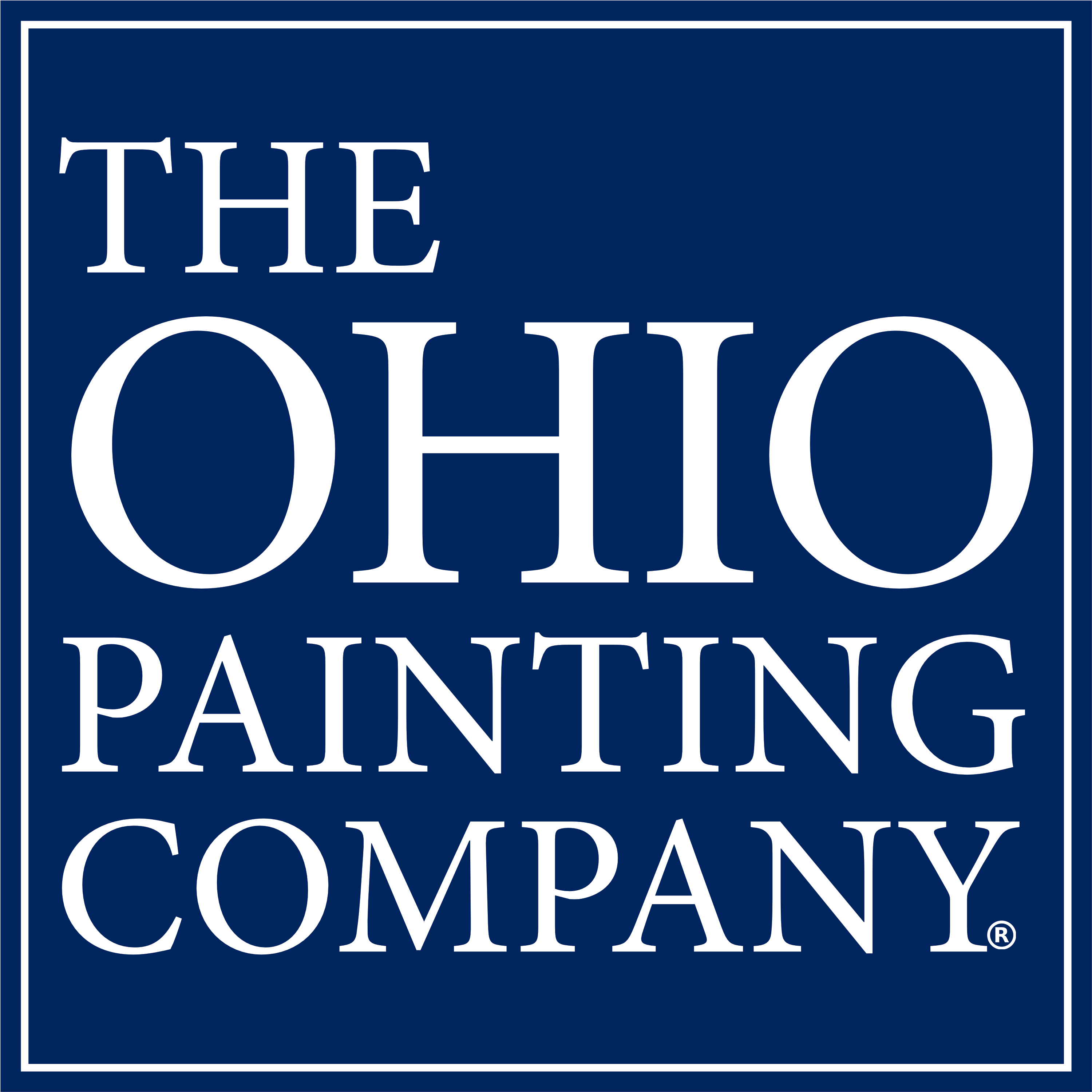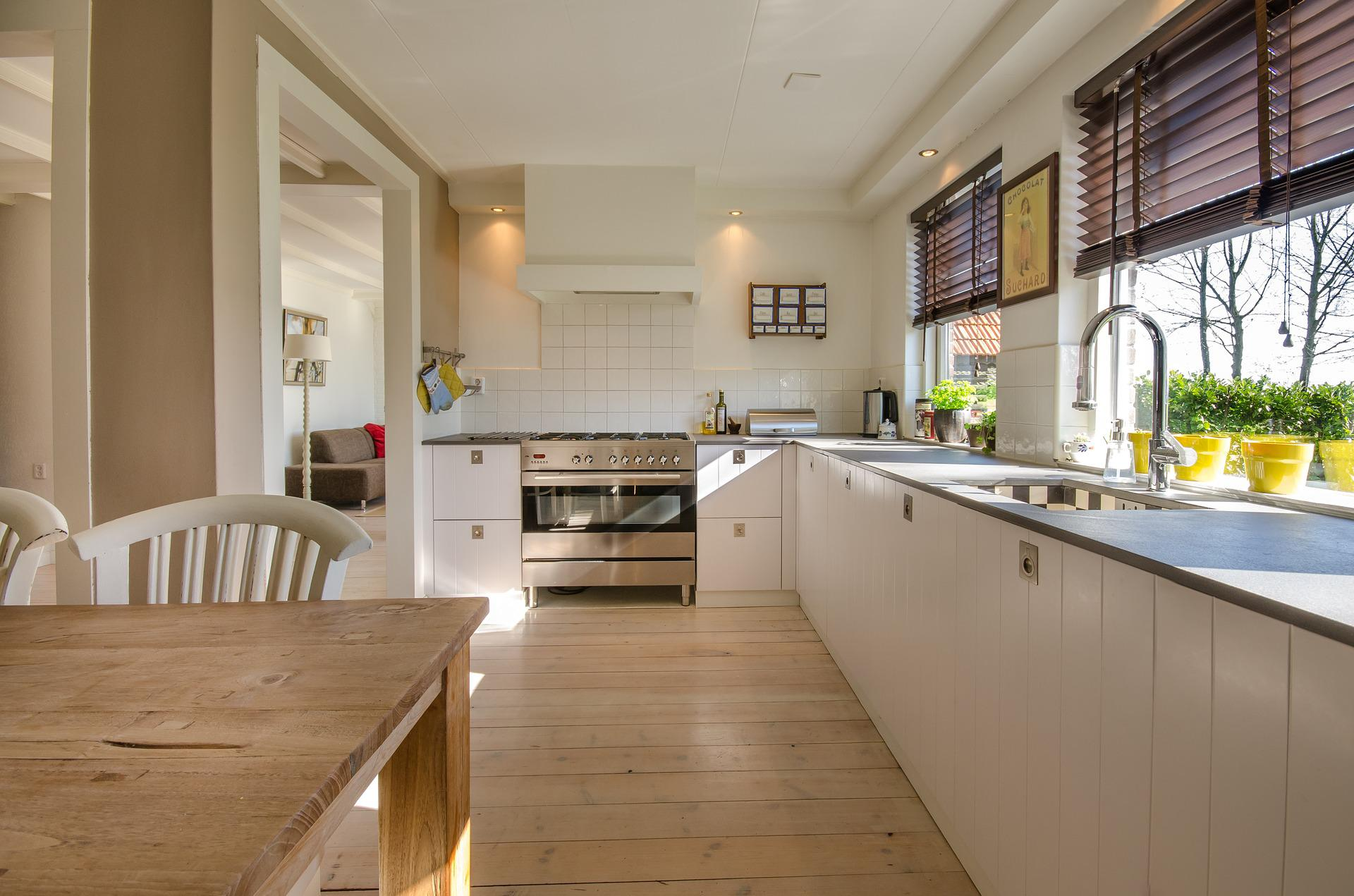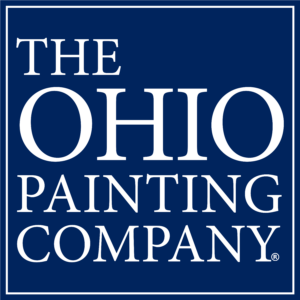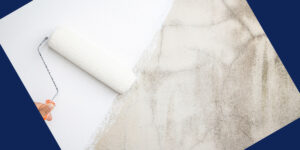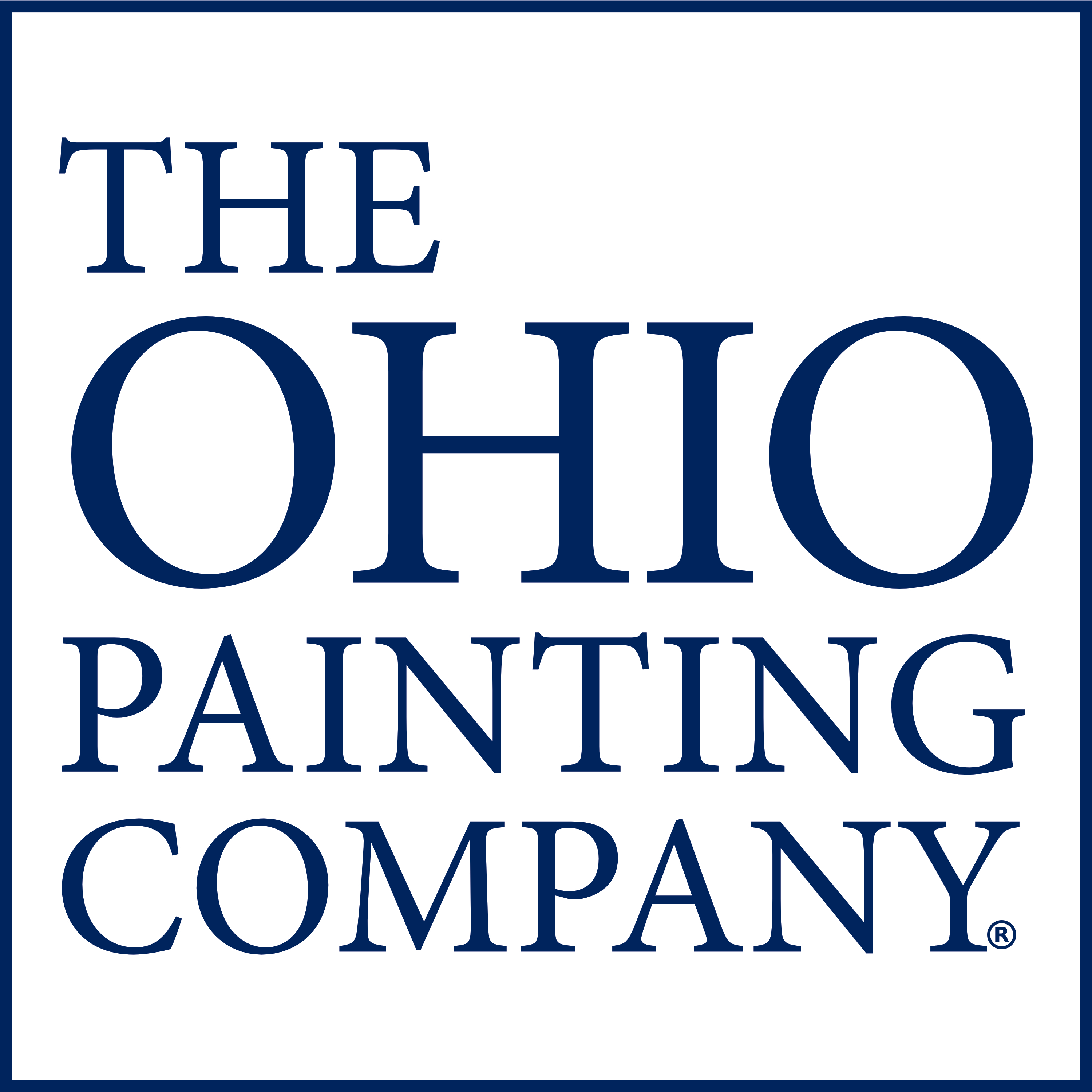Kitchens are special places in every home because that is where meals are made. The best kitchen paint can inspire you to make healthy meal choices for your family. Regardless of the size of your kitchen, the paint color you choose for the kitchen walls, cabinet doors, wood surfaces, flooring, and ceiling should help achieve its purpose. The choice of paint color for kitchens can also create space and minimize accidents while blending with your home decor to increase your home’s curb appeal. However, this is not an easy task for most homeowners. This guide will help you pick the most suitable paint for your kitchen area.
What are the Best Color Primers for the Kitchen?
Primers work as adhesives by protecting your kitchen’s paint from chipping. This is the coat of paint that is next to the wall surface, which comes in latex, shellac, and oil-based forms. Oil-based primers are the best for oil-based paint and latex paint. This primer is very stain-resistant and can hide many stains on the surfaces around the kitchen backsplash and chimney.
When choosing primer colors for the kitchen, it is advisable to pick a neutral to avoid bleeding under the coat when applying paint. Tinted color primers are not ideal for the kitchen either. To achieve a bright look in your kitchen, use the same color for the primer and the paint. The two best color primers for the kitchen are gray and white because they do not affect the appearance of the top paint. Using bright-colored primers on a dark-painted kitchen wall will consume a lot of resources. You may end up applying 3–4 coats to cover colors such as black and red. This is why you need to match the color of the undercoat with that of the top coat.
Best Paint Type for Kitchens
Kitchens can often be a moist environment as a result of steam from food and cleaning, so it’s important to choose durable paints that can resist stains and moisture. In most cases, the best type of paint for kitchens is an interior acrylic paint that is washable and moisture-resistant. This is a durable type of paint that can prevent excess moisture from causing water damage, and it offers stain resistance to avoid any stains from potential messes in the kitchen. It’s the best option for making cleaning your kitchen easy and efficient – especially if you frequently cook or use your kitchen for other messy tasks.
Best Paint Finishes for Kitchens
Choosing the right paint finish for your kitchen is a tiresome job, but it is worth your time because it will save you money in the long run and make it easy to maintain and clean your kitchen. The most ideal paint finishes for kitchens are satin, eggshell and semi-gloss finishes. These types of finishes create smoother surfaces that are easiest to wipe away potential messes or spills.
It’s important to choose a finish that both fits your vision and is functional for practical kitchen use. Here is a breakdown of paint fishes for your kitchen, including the pros and cons of each type!
Satin Paint Finish
Satin paints have an attractive luster and look like velvet. Satin finishes have an average sheen, which tends to be slightly higher than eggshell finishes. A satin finish is easy to clean, making it suitable for high-traffic areas like the sink area, door, and kitchen island. This special paint finish is ideal if you are trying to brighten up your kitchen walls. When cleaning it, it is advisable to use wipes rather than aggressive brushes because satin finishes lose their sheen. When applying it, ensure that the wall is smooth to prevent imperfections. If possible, call a professional painter to help you with your kitchen painting project.
Pros of Satin Finish
- Easy to clean
- Resistant to moisture
- Highly durable, making it ideal for high-traffic kitchens
- Large area coverage
Cons of Satin Kitchen Finishes
- Easily exposes imperfections on kitchen walls
- Difficult to apply
- Expensive
- Touch-ups can be tricky to pull off
Eggshell Paint Finish
Eggshell has a low luster with a faint sheen, just like an eggshell. As much as it has a low luster, it can reflect light throughout the kitchen, creating adequate depth without being too shiny. You can amplify the sheen of an eggshell finish with bright lighting and reduce it with dim lighting. Since an eggshell paint finish is less glossy than a satin, it is less durable. It is suitable for medium low-traffic kitchens. It also works well on surfaces that don’t get a lot of bumps and scuffs.
Pros of Eggshell Finish
- Effective in hiding imperfections on the walls, such as scuff marks and scrapes
- In the case of application errors, eggshell can easily conceal a less-than-perfect job
- Inexpensive
Cons of an Eggshell Finish
- Difficult to clean
- It is not resistant to moisture
Semi-Gloss Finish
The semi-gloss paint finish has a high percentage of gloss, so it tends to reflect a lot of light. The high gloss finish makes it durable and easy to clean. It works well with a light paint color, especially if you want to add brightness to dark kitchen walls. It is the best paint finish for rooms with moisture and grease stains, such as your kitchen, since it is easily scrubable. However, its shiny look tends to amplify imperfections.
Pros of Semi-Gloss Finish
- Easy to clean and wipe
- Moisture-resistant
- Easily withstands changes in temperature
- Brightens up darker spaces by reflecting light around the room
- It can resist stains, dirt, mold, and mildew
- Does not wear and tear easily
- Highly reflective hence making smaller kitchens look bigger
Cons of Semi-Gloss Paint Finishes
- Exposes imperfections such as architectural defects, dents, and dings
- Can make a surface sticky
- Difficult to apply as it tends to leave streaks and brush strokes on the walls
- Re-painting requires a professional painter
- It makes the wall paint color look darker than it is
- Easy to spot chipping paint because of the sheen
High-Gloss Paint Finish
This kitchen paint finish has the highest percentage of sheen. This sheen content makes it super shiny and gives it a high reflective ability, only comparable to a mirror’s reflection. The high gloss paint evokes a jaw-dropping effect and makes a bold statement of luxury with its reflective qualities. A high gloss finish is not the preferred choice for kitchen walls, but you can go for it if you want to add a feeling of luxury to your kitchen.
Pros of High Gloss Finishes
- Durable and timeless
- Makes small kitchen spaces look bigger and brighter
- Easy to clean
- Offers a variety of shades to choose from
Cons of High Gloss Finish
- Reveals even tiny scratches on the surface
- Requires frequent wiping to keep surfaces clean
- Constantly changes the appearance of the kitchen as the sun moves
- Generally expensive
Matte Paint Finishes
A matte finish is usually referred to as flat paint. Matte has a low concentration of gloss and therefore does not reflect adequate light. This quality makes it perfect for hiding any imperfections on the wall. It is highly pigmented, making it suitable for application on extensive surfaces. It tends to work well in low-traffic areas since it is hard to clean. You can try several coats of flat paint to achieve your desired look. However, the matte chips off when you scrub the wall.
Pros of Matte Paint Finish
Most suitable for hiding imperfections on walls
- Low operational costs
- Easy to apply
- Highly pigmented
- Does not reveal application errors
Cons of Matte Finishes
- Less durable
- Difficult to clean
- Not moisture resistant
- Easily wears out and chips off
What Type of Kitchen Paint is The Easiest to Clean?
Because of the constant cleaning, satin and semi-gloss paints do well in high-traffic areas. They give your kitchen that beautiful and shiny look, while also providing easy cleaning benefits. Satin also has stain, dirt, and mold-resistant qualities, making it a great option to protect your kitchen. For surfaces that need constant wiping, like the backsplash, a semi-gloss finish will give you the flexibility to wipe without interfering with the gloss. However, remember the rule that the higher the sheen, the higher the shine; the higher the shine, the more durable it is.
Painting Your Kitchen? Call The Ohio Painting Company!
Kitchens are high-traffic areas. They need paint finishes that endure heavy washing without chipping off. Glossy finishes can help you achieve this, but they often require a professional finish. We at The Ohio Painting Company® have helped thousands of local homeowners paint their kitchen walls and cabinets over the years. If you live in the Dayton or Cincinnati area, we are happy to provide our professional painting services to upgrade the look of your kitchen. Call us at (937) 409-4443 for a free estimate and consultation!
